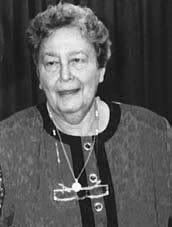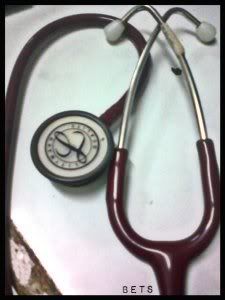The Conservation Model guides the nurse to focus on the influences
and responses at the organismic level.
The Nurse accomplishes the goal of model through the
conservation of energy, structure and personal and social integrity
Adaptation
Adaptation is a means for a person to live harmoniously with his internal and external environment conquering challenges that might threaten his well-being. According to Alligood and Tomey, it is the ongoing process of change whereby individuals retain their integrity within the realities of their environment.
In time, we experience certain obstacles and challenges that poses a threat to our health. We undergo change for us to adapt and be in a mutual relationship with both our internal and external environment.
- History - adaptive responses and abilities to adapt to changes are also based from past experiences.
- Redundancy - According to Levine, this is the fail-safe anatomical, physiological and psychological options available to the individual to ensure continued adaptation.
- Specificity - adaptive patterns can be genetic to the individual as well as influenced by social and cultural factors.
"Change is the life process and Adaptation is the method of change."
Wholeness
Wholeness, is not merely being healthy or the absence of disease. Rather, it is the completeness of a person in all aspects of human existence. A person is whole if he is emotionally, psychologically, spiritually, morally, physically and socially stable and capable. The equilibrium among these factors would determine the holistic facet of a person. According to Levine, wholeness exists when the interactions or constant adaptations to the environment permit the assurance of integrity.
"Wholeness is heath, health is integrity"
Conservation
Conservation is keeping together of the life system. This is through the help of nursing care and nursing interventions, to conserve the patient's personal integrity, social integrity, structural integrity and conservation of energy. Through promoting these, a nurse can help maintain a person's health status and promote optimum health.
"Conservation is about achieving a balance of energy supply and demand that is within the unique biological realities of the individual"
Conservational model provides the basis for development of these theories:
Theory of redundancy
- Untested and speculative theory that redefined aging and what-have-you's about human life.
Theory of therapeutic intention
- It's purpose is to seek a way of collating and organizing nursing care out of the biological realities which the nurse has to face.
- Facilitate healing through natural response to disease.
- Restore individual integrity and well being to achieve optimal health.
Theory of therapeutic intention
- Provide supportive measure to ensure comfort and well-being.
- Manipulate diet and activity to correct metabolic imbalance and stimulate physiological process
I. CONSERVATION OF ENERGY
This is the balance between energy input and output to avoid fatigue. This includes provision of adequate rest, passive motion exercises, giving assistance to a patient who is not capable of mobilization, and proper nutrition like that of foods rich in iron, proteins and Vitamin C. Each person requires a balance of energy but there are factors when the person and the environment that may cause depletion of energy. Conservation through replacement, prevention of energy drainage, and promotion of physical, psychological and emotional balance should also be done to conserve energy.
II. Conservation of structural integrity
This refers to maintaining or restoring the structure of body preventing physical breakdown and promoting healing. In this model, it is the nurse's duty to promote healing as well as protect the patient from external factors that may contribute to physical breakdown. An example of this is, splinting of the surgical wound when ambulating, coughing or having deep breathing exercises. These measures would help prevent wound dehiscence. Furthermore, promoting a good personal hygiene would help prevent infection that would case further skin breakdown and damage. It is done through preserving structural anatomy of the body through protection, maintenance and improvement of nutritional and hydration status and movement.
III. Conservation of personal integrity
IV. Conservation of social integrity
This entails an individual who is recognized as someone who resides with in a family, a community, a religious group, an ethnic group, a political system and a nation. A man is not an island. This quote we hear everyday as a child and it is indeed true. Everyone of us belongs to a unit, a group or a society. These are our support systems that we need to belong to. They offer us support when we are in dire need. It involves the presence and recognition of human interaction particularly client's significant others and those who comprise his support system.

















